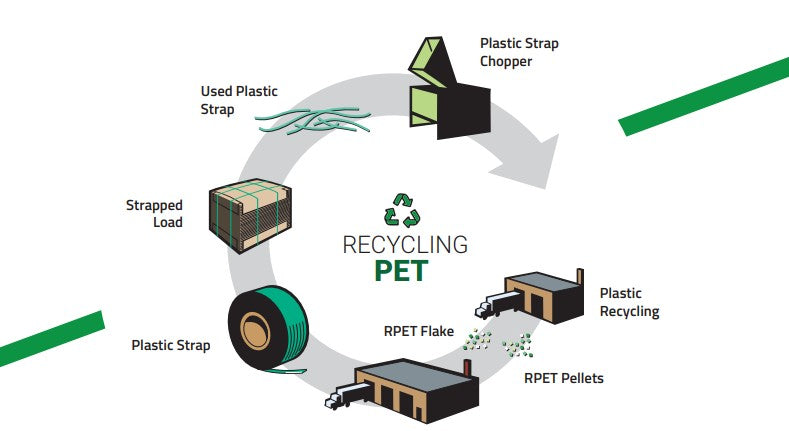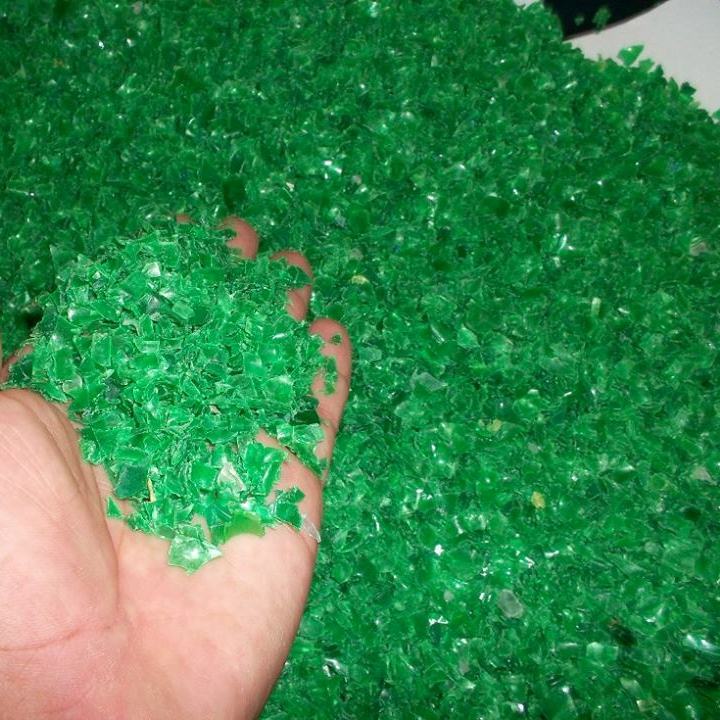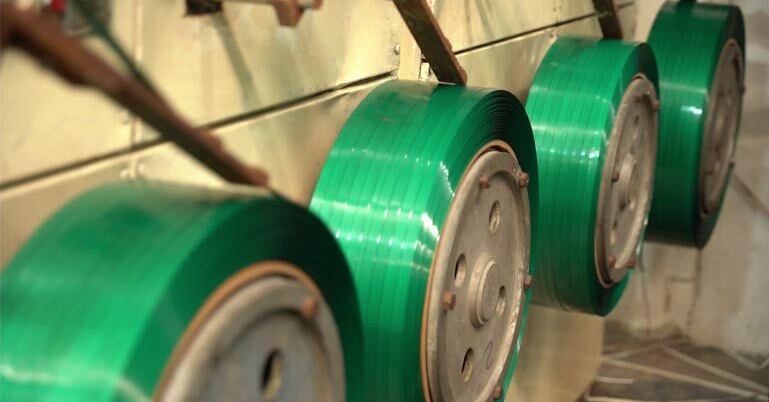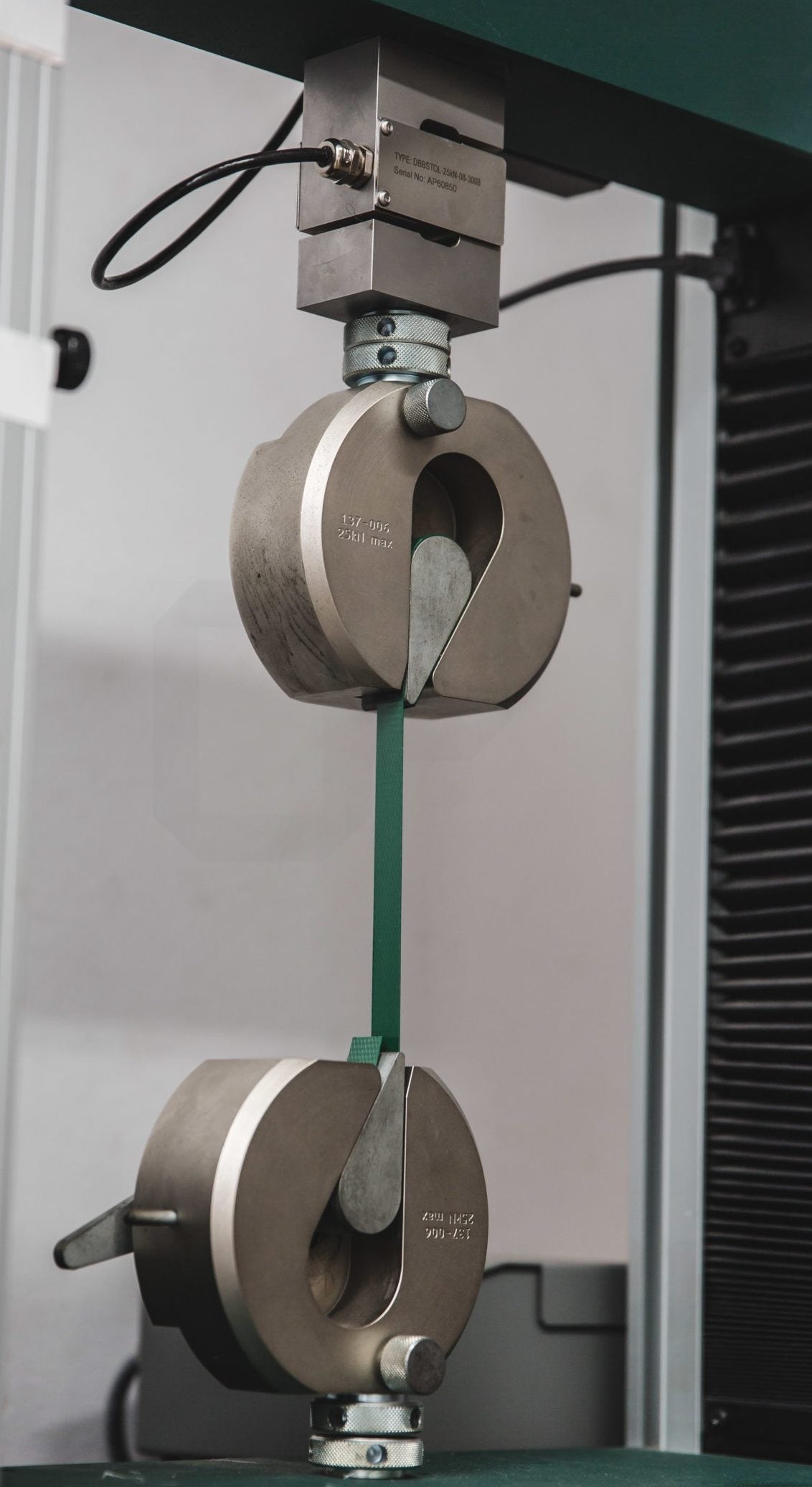

The Recyclable Nature of PET Straps: A Sustainable Packaging Choice
As industries around the world shift toward more sustainable practices, PET strapping (Polyester strapping) stands out as an eco-friendly alternative to traditional materials like steel and polypropylene. Widely used for securing pallets in logistics, manufacturing, and packaging, PET straps are not only durable and strong — they are also 100% recyclable.
By choosing PET strapping, businesses can reduce their environmental footprint without compromising on performance.
What Makes PET Straps Recyclable?
PET (Polyethylene Terephthalate) is the same material used in plastic bottles. Its chemical structure allows it to be melted down and reformed without losing its integrity — making it an ideal candidate for closed-loop recycling systems.
Unlike many single-use plastics, PET straps can go through multiple life cycles, from post-consumer waste to reprocessed packaging material.

The PET Strap Recycling Process: Step-by-Step
Here’s a simplified look at how PET straps are recycled:
1. Collection
Used PET straps are gathered from warehouses, construction sites, factories, or end users after use. These straps are typically sorted by material type and cleanliness.
2. Shredding
The straps are fed into industrial shredders or granulators, which chop them into small flakes or pellets, making them easier to process.
3. Washing
The shredded PET is thoroughly washed to remove dirt, labels, adhesives, or any other contaminants. Clean material is essential for high-quality recycled output.
4. Melting and Extrusion
The clean PET flakes are melted at high temperatures and then extruded into thin threads or new strap molds, depending on the application.
5. Reforming
The molten PET is cooled and reformed into new PET straps — ready to be used again in packaging and transport.

Advantages of Recycling PET Straps
✅ Reduces Plastic Waste: Keeps tons of plastic out of landfills and oceans.
✅ Conserves Energy: Recycling PET uses less energy than producing new plastic.
✅ Supports Circular Economy: Promotes reuse of materials instead of disposal.
✅ Cost-Effective: Recycled PET straps are more economical than virgin alternatives.
✅ Eco-Friendly Image: Businesses that use recyclable materials improve their environmental reputation.

Real-World Example
Many companies in Europe and North America have already implemented closed-loop systems where PET straps used in logistics are returned, recycled, and reintroduced into their own supply chain — creating a sustainable cycle that reduces both cost and environmental impact.
For instance, beverage and automotive manufacturers use recycled PET strapping to palletize products while maintaining green compliance with global sustainability standards.
Conclusion
Choosing recyclable PET strapping is not just a smart packaging decision — it's a commitment to a more sustainable future. By supporting the recycling process, companies help close the loop, reduce plastic pollution, and contribute to a cleaner planet.
If your business wants strong, reliable, and eco-friendly pallet security, PET straps are the clear choice.
